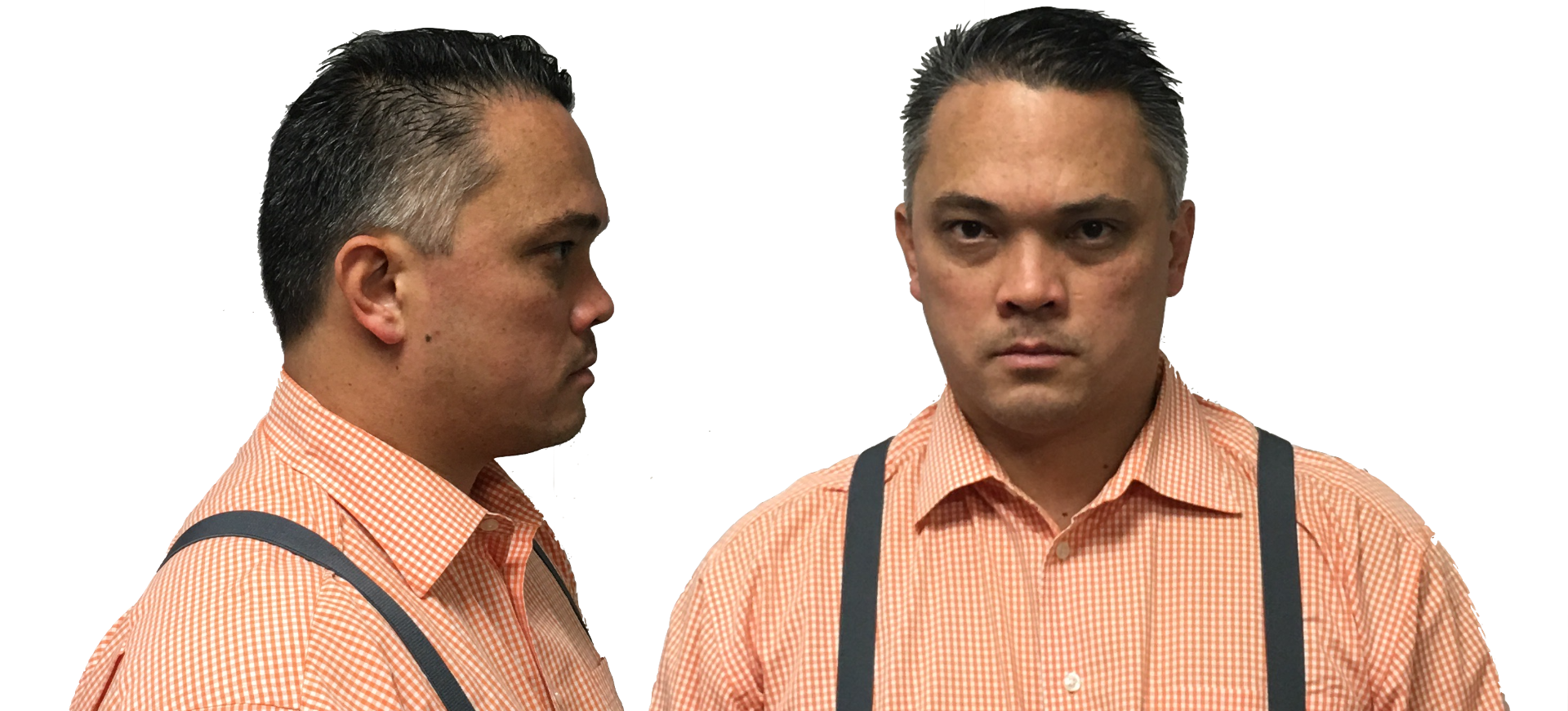Have you been feeling a tightness or pain in your legs, or even your hips or knees? It more than likely could be linked to IT Band Syndrome! Your IT Band, formally known as the Iliotibial Tract, is a sheet of fibrous connective tissue starting up at your hip and elongates down to just past your knee to connect to your calf bone. Think of duct tape! If you are a runner or a biker, you most likely already know what it is, and have experienced the pain it can bring you. Since it is connected to two of the largest joints and layers over a very large muscle in your thigh (Vastus lateralis), it can do some damage if not properly maintained. IT Band Syndrome is really an “overuse” injury, but there can be other factors to contribute to it.
One of the main contributions is tight muscles. Let’s admit it, most of us don’t add stretching to our daily routine. We just don’t have the time, or feel stretched out enough from our workout, or some other lame excuse. LIES! Don’t even begin to tell me you feel “stretched out” enough after your workout, because guess what? Your muscles have actually just SHORTENED themselves. Without stretching, your muscles hate you and can’t recover the way they need to. All of the pain from tightness you feel the next day? I don’t feel sorry for you. STRETCH THEM OUT.
Anyway, back to the contributions. Another reason IT band syndrome might occur is from weak muscles. After running, you might be feeling pain by your knee, but that doesn’t always mean you have a knee injury. In fact, a lot of the time it stems from your hips! If you aren’t exercising or STRETCHING your hip flexors and extensors as often as you are your legs, then they will be weak, and all of the support that the hips should be able to endure will be passed down onto the knee, which is already supporting the entire body, so that’s where the pain will be felt. It is very important that when you are going through your exercise regimen, you switch up what body parts you’re working on, and give at least 48 hours for your muscles to recover before returning to the same body part. That doesn’t mean you can’t stretch them out in between. You should be stretching every single day.
The last contributor to IT Band Syndrome is poor exercise form. It can be anything from too large/short of strides when running, position of how you sit on the bike, or the way you perform leg lifts, squats, etc. If you aren’t sure if you have proper form, it is best to work with a personal trainer. They can perform gait analyses, physically show you the form, and assist you during your workouts to make sure you keep the form! Dillon is our personal trainer here at Echelon-Health, and is excellent at providing customized sessions to meet your needs. I’m not just saying that because he’s my husband, ask his clients.
I haven’t mentioned stretching in a while, so I will now! One of the best and most important ways to avoid IT Band Syndrome along with many other discomforts is....you got it! Stretching! The three best times to stretch are right when you wake up, after exercise, and right before bedtime. If you feel you “don’t have enough time to stretch” or other junk every time you’re supposed to, then either morning or nighttime while you’re lying in bed. There is no excuse to not stretch while you’re already in bed, you have nothing to do besides sleeping or breathing at that point! Here are some websites that have some pretty good IT band stretches:
-
Runner's World Magazine -Shape Fitness Magazine (best with Foam Roller) -Men's Health MagazineAnother way to avoid ANY kind of body issues is what you’re putting in your body! Diet and nutrition play hand-in-hand with the way your body functions and how your muscles recover. We have a great nutritionist, Vanessa, with us at Echelon-Health, and it never hurts to ask questions! You can also get a personal trainer. If you doubt yourself at all, they will give you the courage and confidence you need to have a successful workout and overall well-being. I myself find it miserable to work out in front of other people, but why not in front of a trained professional, so they can teach you the proper techniques and the skills to get to where you want to be. If not, you will never know if you are doing it correctly! A VERY important thing to, though, is get a massage. Alright, that might be a little biased, but it is true! What better way to maintain your body than massage! Not only is it relaxing, but it improves flexibility (huge for your IT bands!), reduces stress and tension, relieves chronic and temporary pain, and increases your blood circulation! To see a larger list of the benefits of massage, go to
http://www.fsmta.org/benefits-of-massage/Massage is essential to maintaining balance, flexibility, and circulation to your body, and if you take on a massage regimen, you will notice the positive differences in your muscles and also your mental state! It’s best to stick to either a weekly or bi- monthly schedule, but sometimes that isn’t always feasible. So at least try to fit a massage in monthly. There are many different forms of massage. Most people enjoy Relaxation massage, also known as Swedish Massage. This modality is most common and the most likely to put you to sleep! My recommendation to you is if it’s your first time, get a Relaxation massage. It’ll reel you in for life.
That’s all I have for you for now, but please make sure to check in for my next blog! Thanks for reading!

Rebecca Herrington
Rebecca Brand, LMT
Tags: cortisone


